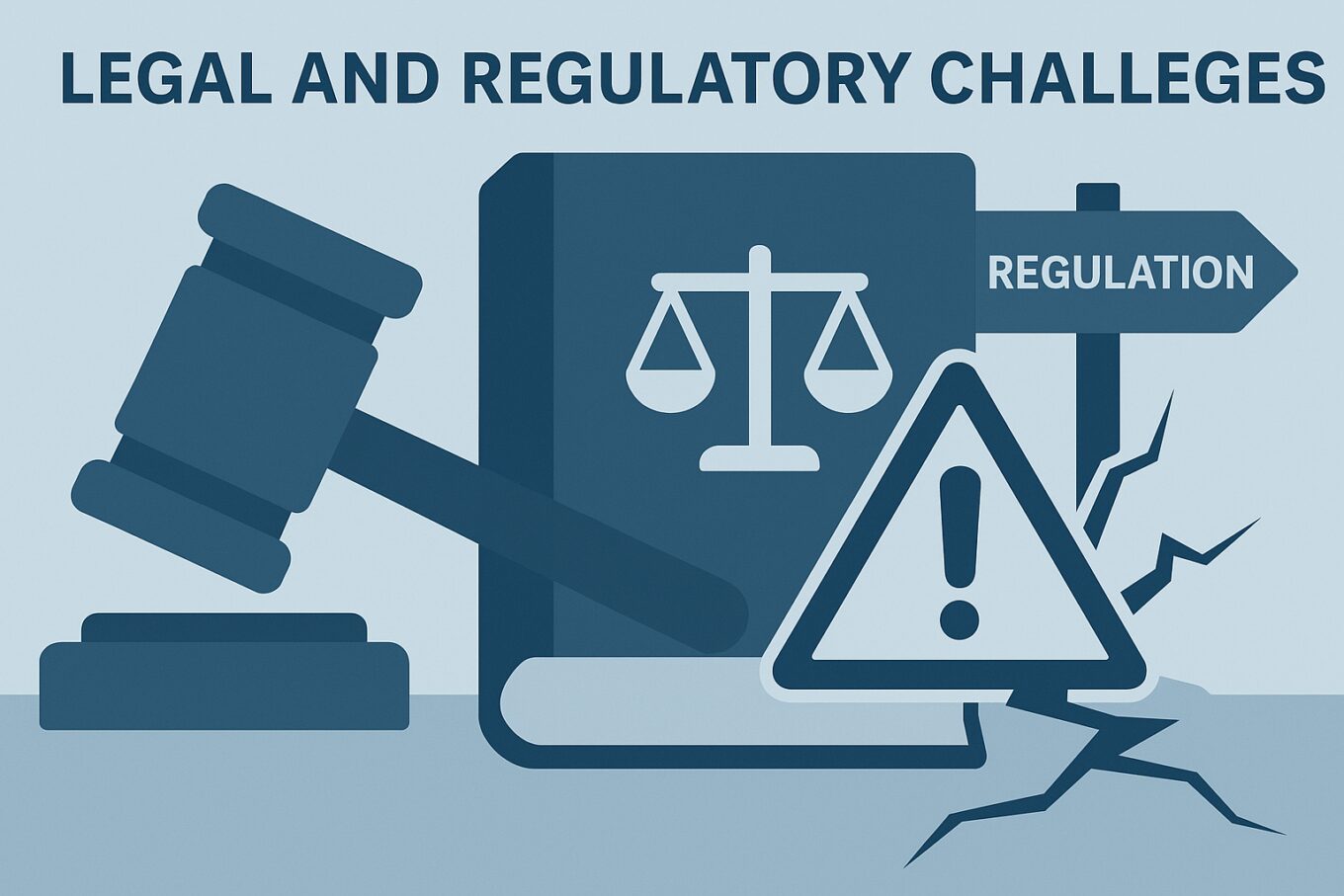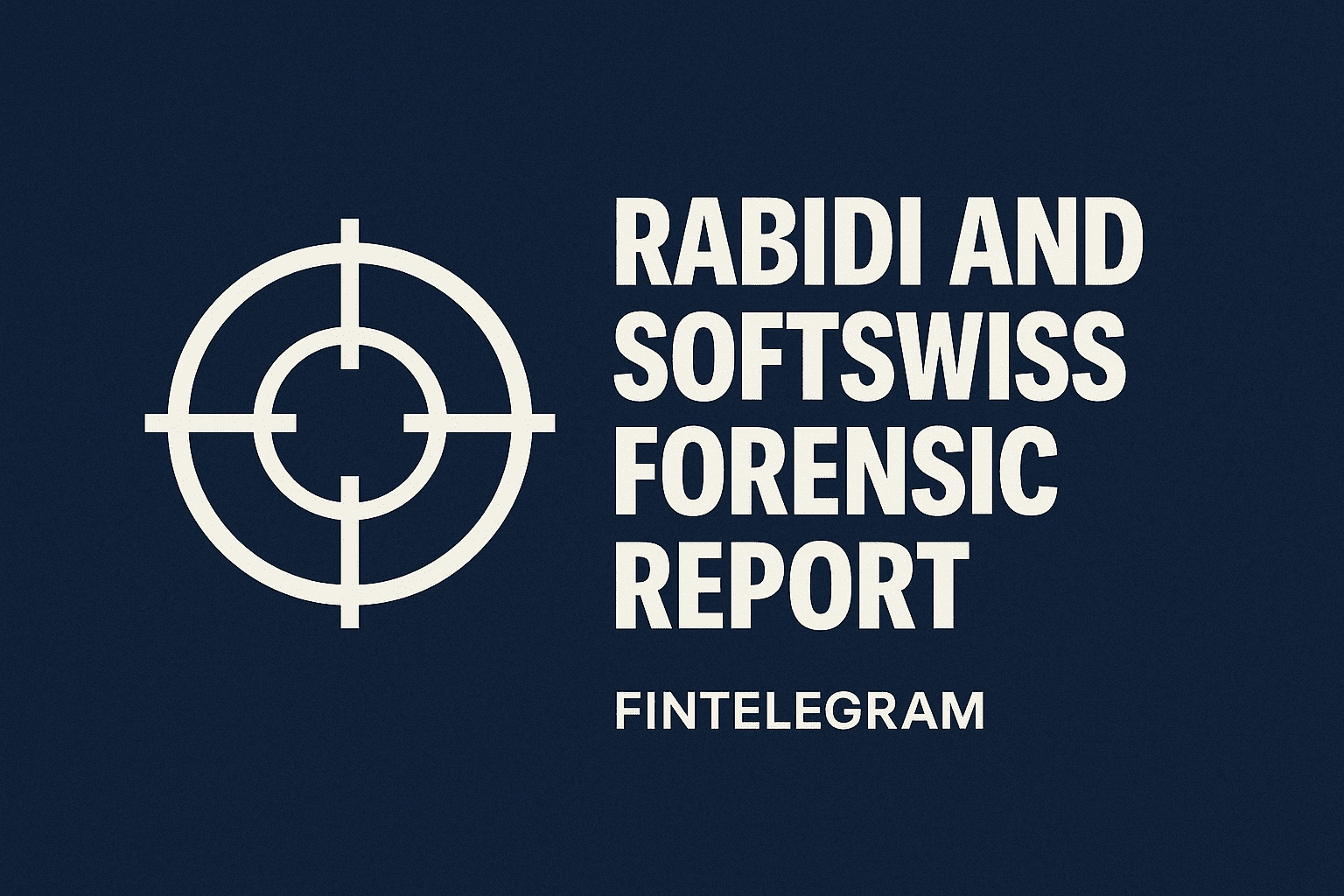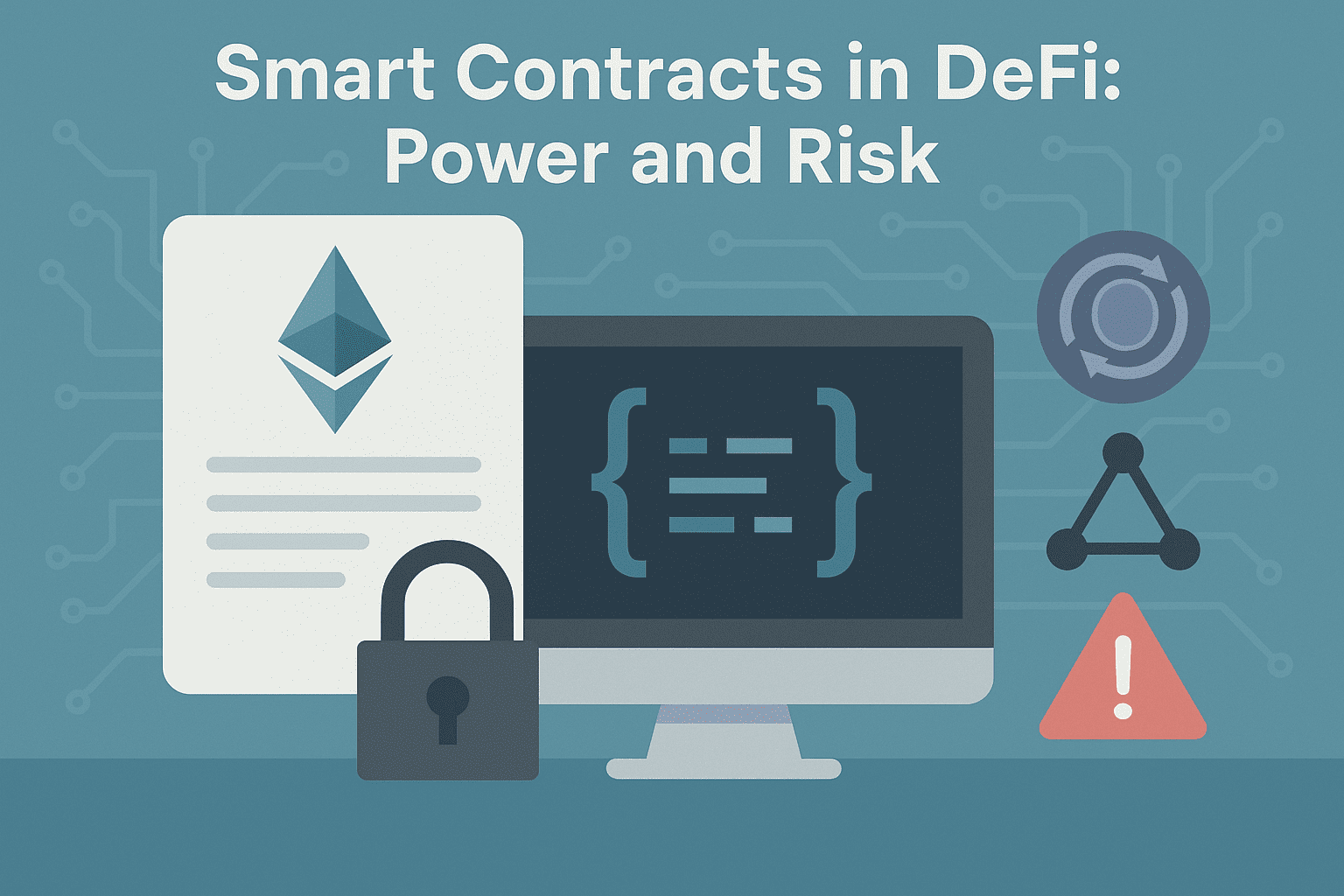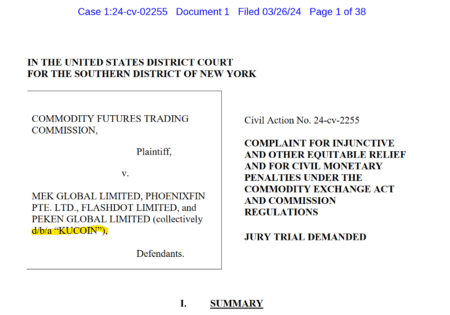The Decentralized Finance (DeFi) sector faces escalating regulatory scrutiny, with recent cases highlighting tensions between innovation and compliance. While frameworks like MiCA (EU) and U.S. tax rules aim to standardize oversight, they also risk undermining decentralization. Investors must navigate risks like operational disruptions and compliance costs while leveraging opportunities in institutional adoption and asset tokenization.
Key Regulatory Challenges
- EU’s MiCA and DORA Frameworks
- MiCA: Mandates reserve transparency for stablecoins and disclosure requirements for tokenized assets (e.g., real estate, bonds). Non-compliant projects risk exclusion from EU markets.
- DORA: Enforces cybersecurity protocols, including stress testing and incident reporting for DeFi platforms reliant on third-party infrastructure (e.g., cloud APIs).
- U.S. Tax Reporting Rules
- The IRS now classifies DeFi front-end providers as “brokers,” requiring transaction reporting via Form 1099-DA. Compliance costs are estimated at $260 billion annually, with lawsuits pending over constitutional concerns.
- Global AML/KYC Standards
- FATF’s “travel rule” pressures DeFi platforms to identify transaction parties, challenging privacy-focused protocols.
Recent Legal and Regulatory Cases
- IRS Broker Definition Lawsuit
- Case: The Blockchain Association sued the U.S. IRS, arguing that treating DeFi interfaces as brokers violates the Fourth Amendment (privacy) and Fifth Amendment (due process).
- Implications: A ruling against the IRS could exempt decentralized platforms from reporting rules, while a loss may force U.S. projects offshore.
- Tornado Cash Sanctions Overturned
- Case: A U.S. court reversed OFAC sanctions against Tornado Cash, ruling that immutable smart contracts cannot be treated as legal entities.
- Status: Delisted by OFAC in March 2025, but Treasury reserves the right to re-sanction similar platforms.
- European Compliance Pressures
- Example: A MiCA-compliant stablecoin issuer increased reserve transparency, attracting institutional investors but reducing margins by 15%.
Investor Implications
Risks
- Operational Disruptions: Legal battles (e.g., IRS case) could destabilize U.S.-based DeFi projects.
- Smart Contract Exploits: Over $1.3B lost to hacks in 2024, including API breaches and liquidity pool vulnerabilities.
- Privacy Erosion: Regulations targeting mixers like Tornado Cash may limit anonymity tools.
Opportunities
- Institutional Adoption: JPMorgan and BlackRock are exploring tokenized collateral and blockchain-based ETFs.
- Real-World Asset Tokenization: Projected to grow to $16T by 2030, enabling fractional ownership of assets like commercial real estate.
- AI-Driven Solutions: Platforms like SingularityNET use AI to optimize trading and risk management.
Conclusion
DeFi’s regulatory landscape in 2025 is a double-edged sword: frameworks like MiCA enhance legitimacy but impose centralized compliance costs, while legal victories (e.g., Tornado Cash) protect software autonomy. Investors should prioritize platforms with audited contracts, clear compliance roadmaps, and institutional partnerships. Monitoring ongoing litigation—particularly the IRS case—will be critical to assessing sector stability.
FinTelegram Advisory: Diversify exposure to jurisdictions with balanced regulations (e.g., Switzerland, Singapore) and avoid projects lacking transparency in governance or cybersecurity.





